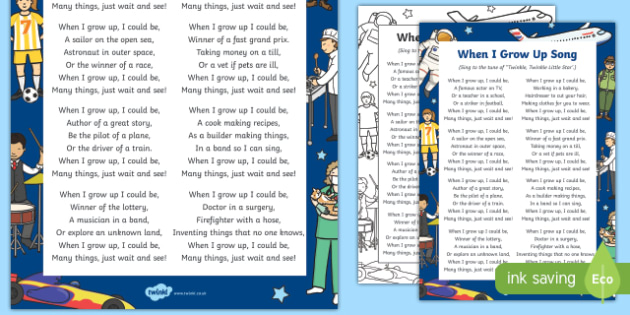

We welcome all of this and see much promise many AI tools and capabilities.īut we also see the unique threat posed by “generative” AI that purports to replace human artistry. Human creatives will no doubt find amazing new ways to put AI to work as they tell new stories and innovate new sounds. Record companies recognize the potential of many forms of AI, from innovating new studio tools to helping plan sustainable tour routes. It’s a mission that is even more important when it comes to generative artificial intelligence – the next “big new thing” out there moving fast and trying to break things on a wave of tech evangelism and buzz words while delivering little of actual “ready for market” value. licensing policies – and fly in the face of its promises to consumers, 75% of whom say they come to the platform to engage with music. TikTok’s actions in foreign markets to manipulate access to American music raise profound red flags about the service’s commitment to U.S. Whether that is monitoring the use of unlicensed music in Twitch livestreams and Discord chat rooms to setting down clear markers for the use of licensed music and artist rights and imagery in the metaverse and NFTs, record companies are there on the ground every day making sure artists and rightsholders get paid – and paid fairly.Īnd it means challenging rising platforms like TikTok that exploit recorded music to build an audience, drive engagement, and boost company revenues to stratospheric heights.

It means constantly reinventing our efforts to shut down online ripoffs and music piracy – and to ensure that emerging technologies are used in ways that respect and compensate artists and rightsholders. That means finding new sources of revenue and new ways to drive fan engagement and celebrate artist accomplishments – from immersive experiences and spatial audio innovations to re-imagined partnerships and wellness programs to support artists in all aspects of their lives, careers and health to history-making moments like celebrating Hip-Hop’s 50 th anniversary this year. That foresight laid the foundation for today robust ’s streaming economy – preventing a similar gap that still exists on AM/FM radio where broadcasters use recordings without paying artists or labels a dime.Īnd in a music business that never stands still, record companies are working every day to chart tomorrow’s course right now.

That work started more than two decades ago in the earliest days of the of the internet, when labels fought to create a digital performance right to ensure artists and rightsholders would get paid when their recordings were streamed in the future. This long and ongoing arc of success has only been possible thanks to the determined and creative work of record companies fighting to build a healthy streaming economy where artists and rightsholders get paid wherever and whenever their work is used. It was an impressive year of sustained “growth-over-growth” more than a decade after streaming’s explosion onto the music scene, even taking into account a handful of formats that slowed such as permanent downloads and ringtones.
GROWING UP SONGS PLUS
Streaming all together – paid subscriptions plus ad-supported services, digital and customized radio, and music used in social media platforms, digital fitness apps and others – grew 7% to a record high $13.3 billion last year, while vinyl’s incredible surge continued with revenues up 17% and, for the first time since 1987, more records sold than CDs. Other formats also saw significant growth. recorded music revenues, a virtual overnight transformation of our industry unmatched by any other media or art form. In the last ten years, streaming has gone from 15% to 84% of U.S. That’s practically double the 47 million paid subscribers on the books just four years ago in 2018.

In raw numbers, paid subscriptions hit 92 million for the first time ever, continuing a decade long run of double-digit growth. Today we release recorded music revenue data for 2022 showing a seventh straight year of continued growth – powered by a robust 8% increase in paid subscription streaming revenues which now make up two thirds of the market.


 0 kommentar(er)
0 kommentar(er)
